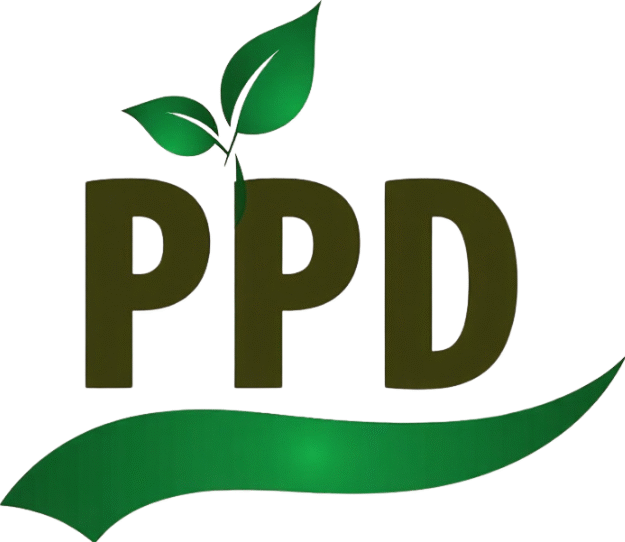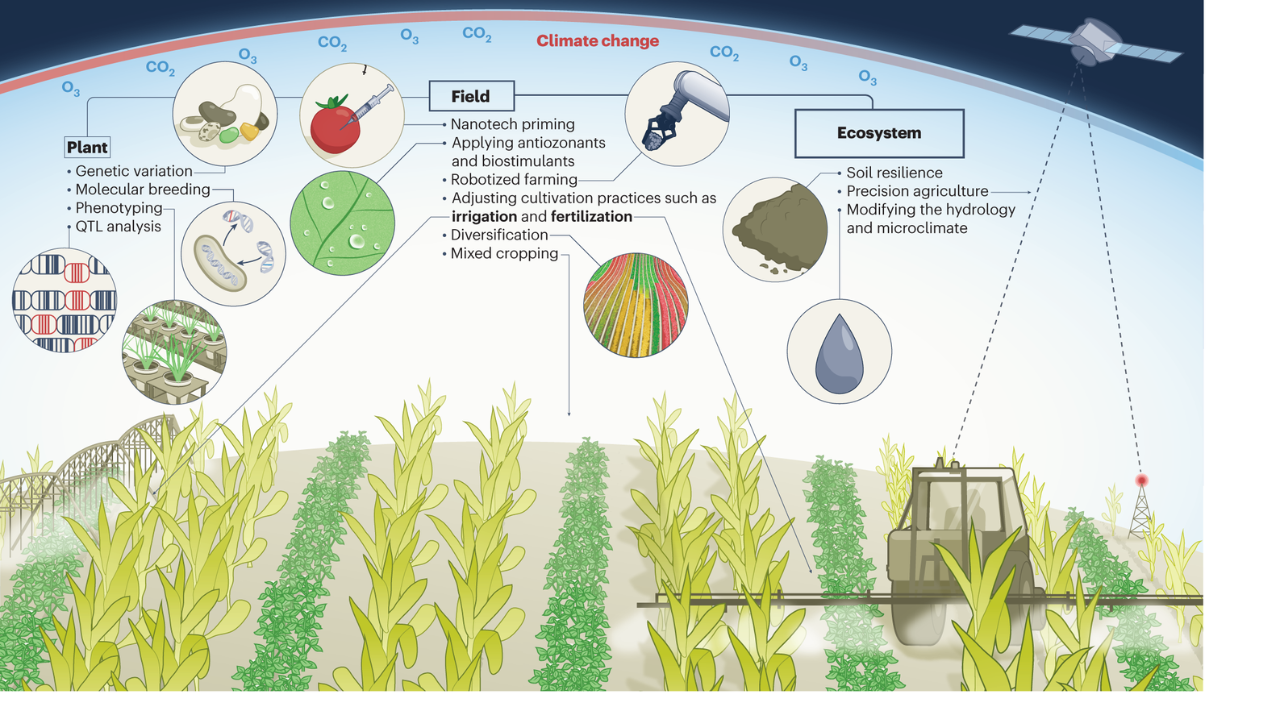
Introduction
Plant health is a cornerstone of agricultural productivity, food security, and trade compliance. Across the ASEAN region, countries have developed specialized authorities and frameworks to monitor, manage, and mitigate pest and disease threats. While the core objectives remain aligned—protecting crops and ensuring safe trade—organizational structures, implementation models, and institutional capacities vary significantly.
This article offers a comparative look at Plant Protection Authorities (PPAs) in selected ASEAN countries, highlighting their structures, responsibilities, coordination mechanisms, and strategic differences that shape their effectiveness in both domestic and international contexts.
Why Compare Plant Protection Structures?
Comparative analysis is essential to:
- Understand best practices across diverse governance models
- Identify institutional gaps in less-resourced countries
- Foster regional cooperation in managing transboundary plant pests
- Strengthen harmonization of phytosanitary measures under ASEAN frameworks
Core Functions of ASEAN PPAs
Despite structural differences, Plant Protection Authorities in ASEAN share several key functions:
- Pest Surveillance and Monitoring
- Quarantine Inspection and Control
- Phytosanitary Certification for Trade
- Implementation of Integrated Pest Management (IPM)
- Research, Training, and Farmer Outreach
Each country executes these functions differently depending on national priorities, resources, and administrative systems.
Country-Wise Overview of Plant Protection Authorities
| Country | PPA Name | Governing Ministry | Key Structural Features |
|---|---|---|---|
| Indonesia | Directorate of Plant Protection (DPP) | Ministry of Agriculture | Centralized with regional extension support |
| Thailand | Plant Protection Research and Development Office (PPRDO) | Department of Agriculture | Strong research and border quarantine integration |
| Vietnam | Plant Protection Department (PPD) | Ministry of Agriculture and Rural Development | Decentralized with strong provincial offices |
| Philippines | Bureau of Plant Industry (BPI) | Department of Agriculture | Centralized with quarantine and pest control bureaus |
| Malaysia | Department of Agriculture Malaysia (DOA) | Ministry of Agriculture and Food Security | Central with state-level enforcement |
| Myanmar | Plant Protection Division (PPD) | Department of Agriculture under MOALI | Central strategy with growing regional coordination |
| Cambodia | General Directorate of Agriculture (GDA) | Ministry of Agriculture, Forestry and Fisheries | Developing capacity with external support |
Comparative Structural Features
1. Governance Model: Centralized vs Decentralized
- Centralized Models (e.g., Philippines, Malaysia): Allow for strong policy coherence and uniform implementation but may face delays in local responsiveness.
- Decentralized Models (e.g., Vietnam, Indonesia): Encourage local innovation and rapid response but may suffer from fragmented standards.
2. Quarantine and Border Control
Some countries like Thailand and Malaysia have dedicated border control divisions integrated with customs, while others rely on inter-agency coordination.
3. Integration with Research
Thailand and Vietnam have strong ties between plant protection and research institutions, enabling faster adoption of scientific solutions in pest management.
4. Capacity for Emergency Response
Countries with centralized and well-funded systems (e.g., Indonesia, Philippines) tend to have faster and more coordinated emergency pest response units.
ASEAN Regional Cooperation Framework
To facilitate harmonized action, ASEAN countries participate in several joint plant protection initiatives:
- ASEAN Sectoral Working Group on Crops (ASWGC)
- ASEAN Guidelines on Phytosanitary Measures
- Regional Pest Risk Analysis and Pest List Harmonization
- Information Sharing through ASEAN National Plant Protection Organizations (NPPOs)
These frameworks aim to promote SPS Agreement compliance, prevent the spread of transboundary pests like Fall Armyworm, and support agricultural trade integration.
Strengths and Gaps by Country
| Country | Key Strengths | Key Gaps |
|---|---|---|
| Thailand | Strong research linkages, integrated border control | Over-centralization limits local flexibility |
| Vietnam | Active provincial plant protection centers | Variability in capacity across regions |
| Indonesia | Large-scale farmer outreach programs | Need for better digital pest tracking tools |
| Philippines | Unified quarantine and phytosanitary system | Budget constraints affect rural surveillance |
| Malaysia | Efficient interstate coordination and SOPs | Dependence on chemical pest control remains high |
| Myanmar | Active in regional coordination, growing surveillance network | Needs more diagnostic labs and IPM scale-up |
| Cambodia | Policy development with international support | Limited human and technical capacity |
Key Lessons from Comparative Analysis
- No one-size-fits-all: Structural success depends on how well the system is resourced and integrated with other agricultural services.
- Local presence matters: Countries with decentralized models tend to respond faster to pest outbreaks but need stronger oversight.
- Regional cooperation is essential: Cross-border pests require synchronized strategies and data-sharing mechanisms.
- Capacity building is a continuous need: Especially for countries with emerging plant protection systems.
- Science-policy integration boosts effectiveness: Nations with strong links to agricultural research institutions show better innovation uptake.
Overview Table
| Element | Common Across ASEAN | Country-Specific Variations |
|---|---|---|
| Quarantine Control | Present in all | Structure differs (centralized vs shared authority) |
| IPM Implementation | Adopted regionally | Scale and strategy vary widely |
| Surveillance Systems | Increasing digitization | Vietnam and Thailand more advanced |
| Research Collaboration | Strong in some | Cambodia and Myanmar developing |
| Regional Participation | All members active | Level of influence varies |
| Trade Facilitation Role | All issue phytosanitary certificates | Scope of authority varies |
Top 3 FAQs
Q1: Which ASEAN country has the most decentralized plant protection system?
A1: Vietnam has a well-established decentralized system with strong provincial-level authority.
Q2: What is the main advantage of centralized PPAs like in the Philippines?
A2: Centralized systems ensure standardized pest control protocols and stronger compliance in exports.
Q3: How do ASEAN countries coordinate on transboundary pest issues?
A3: Through platforms like ASWGC, regional pest surveillance, and shared guidelines under ASEAN NPPO cooperation.

